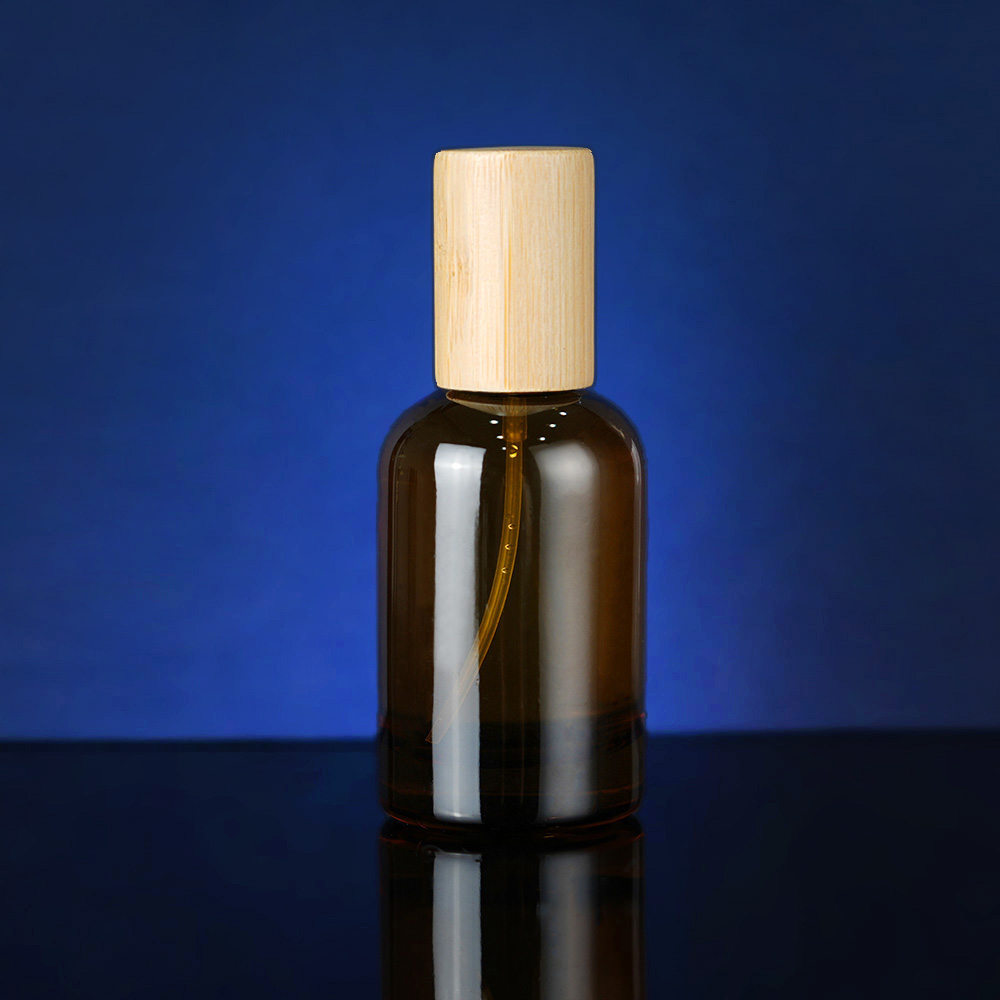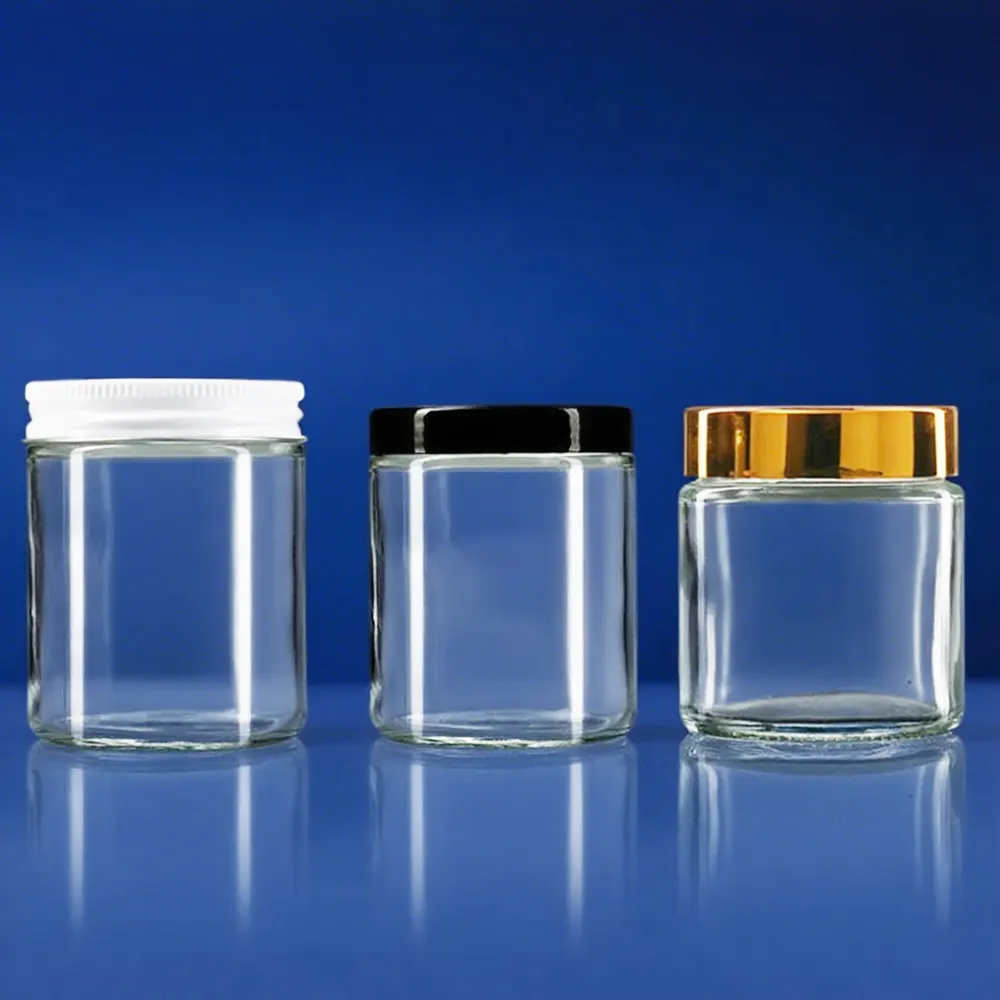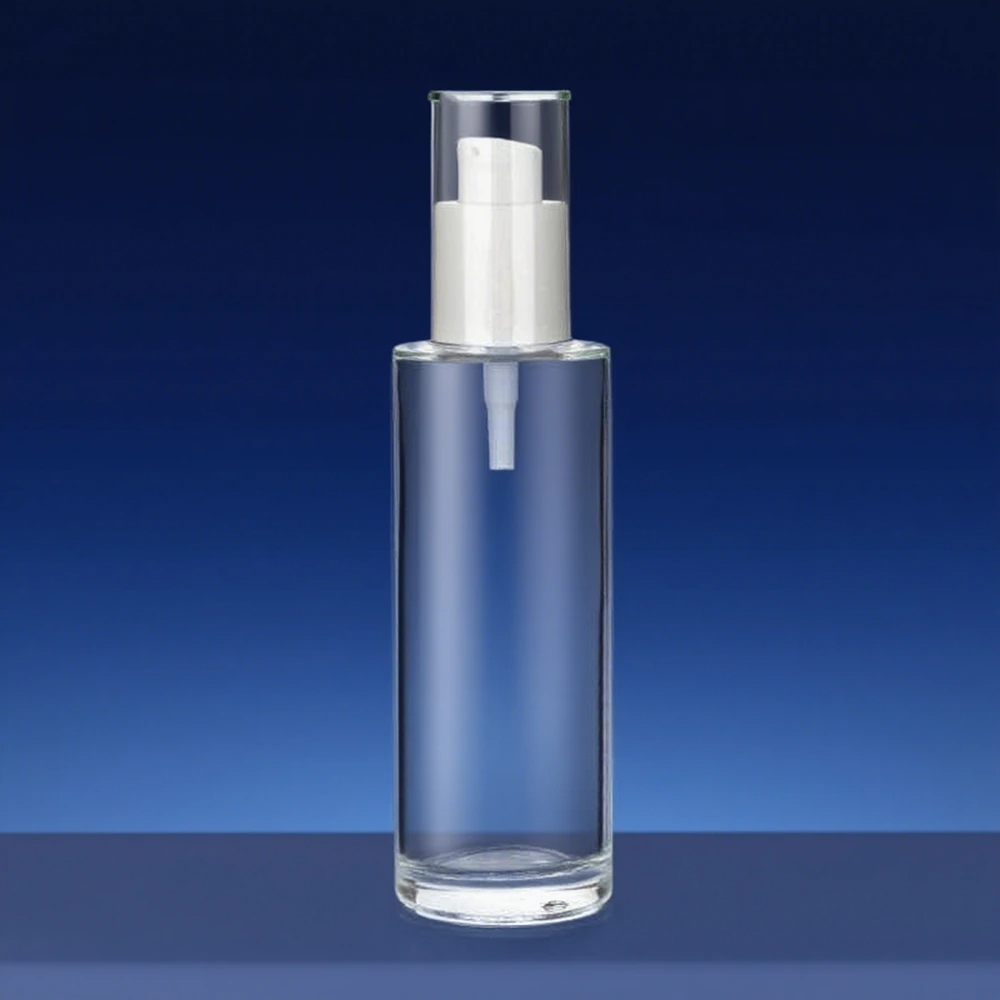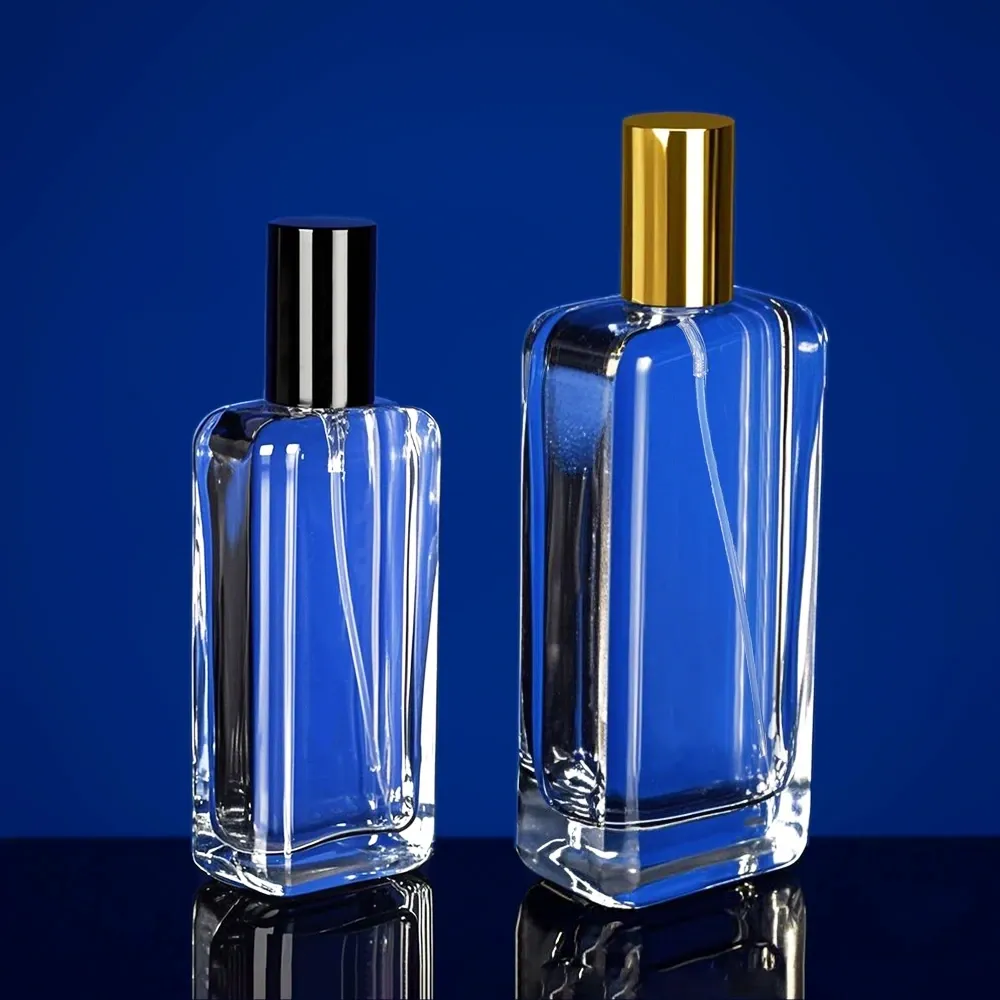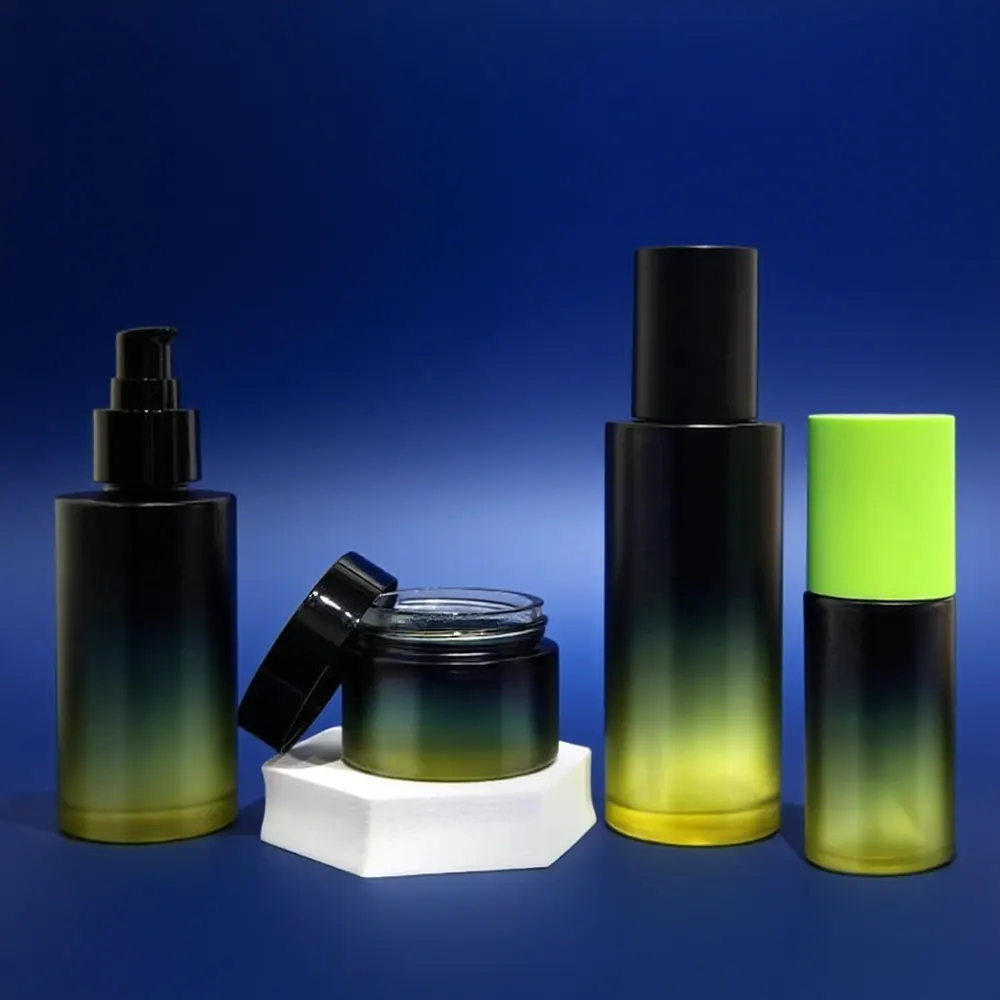
Leakage:
विषयवस्तु की तालिका
Users often report rollerballs that are very tight or prevent “sticks”, easy rotation or adequate product dispensing. This can be caused by the ball taking excessive naps on its plastic seat or simply needs to be “work” to be loose. 3.3. MOQ Negotiation and Sourcing Strategies Low Flow:
The rollerball provides only a tiny swipe of oil, often due to a small hole or a ball in the housing fitment which is very tight. Users can accidentally see it as a malfunction rather than a design option.
Variable Flow Rate:
Inconsistency between oil viscosity and rollerball design, or molding process can cause flash, inconsistent dispensing.
High Flow:
Conversely, a high-function design, which is determined by the size of the hole in the housing fitment, distributes a large amount of oil. Premature Wear of the Ball or Housing: Plastic rollerballs, being the lowest quality option, is associated with high complaint rates and performs poorly over time than glass or stainless steel. Missing can also harm the ball bearing mechanism, causing exercise or breakdown.
Complete Detachment of Fitment:
If pressure-fit rollerball housing is not safely not seated in the neck of the bottle, or if the bottle has irregularities, the fitment may be loose or different, which can leak. Inappropriate assembly, such as not shocking rollerball completely, also contributes to it.
Root Causes: Materials, Manufacturing, and Viscosity
Roller Ball Material:
As highlighted in Mistake 1, stainless steel is a better option for durability and smooth application, then glass. Plastic rollerballs are generally inferior. Scaric balls are an emerging, innovative material options.
- Housing Fitment Design and Manufacturing: The quality of plastic fitments having rollerball is important. Its manufacturing precision affects the prevention and flow stability of direct leakage. The size of the hole below the housing fitment determines the oil flow rate.
- Assembly Quality: During automatic capping, a low-close torque may leak around the thread of the bottle. To ensure that the rollerball is properly inflamed in its residence, sometimes obtained by screwing on a hat, is important.
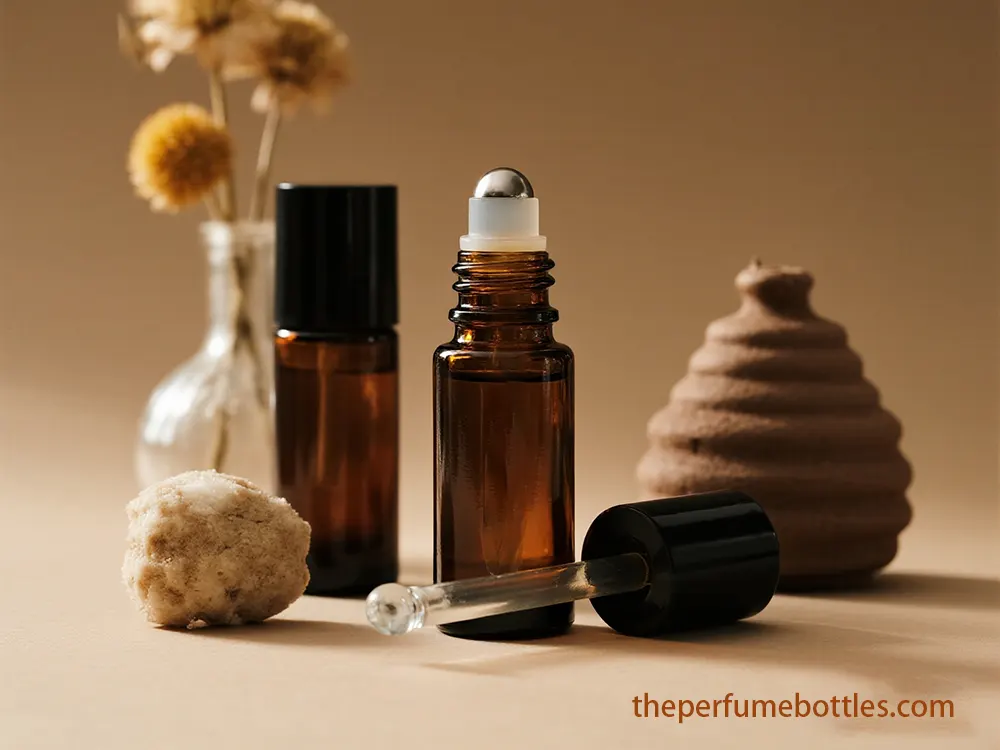
निःशुल्क नमूने प्राप्त करें
The viscosity of the essential oil mixture greatly affects rollerball performance. Thin fluids can be leaked more easily, while coarse oil may not be effectively.
Quality Control and Innovation for Vesseluxe Performance
To ensure Vesseluxe-grade rollerball performance, B2B buyers should:
Demand rigorous quality control checks
from suppliers, including:
- Closure Torque Testing: Calibrating and testing capsing machine torque settings to prevent leaks.
- Visual Inspections: Throughout the filling process, to confirm the amount of the correct product and identify irregularities.
- Supplier Cap Validation:Test the new supplier cap with various oil types.
- GC-MS Testing for essential oils to ensure purity and strength, as this oil affects viscosity and potential interaction.
- Seek innovative rollerball designs that address general failure points. While specific innovative housing geometric is not widely detailed, the industry is searching for advanced materials such as ceramic balls.
Consider the impact of essential oil blends
on material compatibility. Most guides focus on single oils, but the content in complex mixtures may have co -deterioration [speculation]. पुनर्चलनीय बोतलें द्वारा वृत्तीय अर्थव्यवस्था और कचरे कम करने के लिए। for rollerball components, such as new polymers for housing or special coatings for balls, increase chemical resistance, reduce friction and implement advanced material science to improve sealing [speculation].
Advocate for standardized testing protocols
- for rollerball performance (eg, dispensing force, leak rate, stability cycle) to ensure frequent quality benchmarks [speculation]. Mistake 3: Failing to Prioritize Robust Sealing and Leakage Prevention
- A compromise seal is not just an inconvenience; It leads to the loss of the product, low oil power, and severe customer dissatisfaction, directly reduces the brand reliability. This mistake highlights the important importance of advanced sealing technologies and accurate engineering, the core theory of Vesseluxe quality.Advanced Liner Technologies
- Beyond the basic foam, a series of sophisticated liner technologies exist to ensure hermatic seal:
- Induction Liners (e.g., HS035): Provide active tampering, hormitic seal by electromagnetic heat. They are suitable for both glass and various plastic bottles and often have the facility of “sealed for your protection” printing.
- Pressure-Sensitive Liners (e.g., PS22 by Tekni-plex): Offer a one-time seal without special equipment, follow the container lips on the cap application. While it is cost-effective for dry products, they usually do not meet FDA tampering-latent requirements.
- LDPE Cone Liners: Recommended for especially essential oils and rigid chemical compulsions, is usually found in urea and phenolic cap for glass bottles.
- Pulp and Foil Liners:Exhibit high resistance to hydrocarbons (alcohol, ketones, oil) and provide odor/flavor resistance, making them suitable for food -related applications, but inconsistent with acid or alkaline.
- Teflon® PTFE Liners: Offer better chemical resistance, understand volatile solvents, sensitive compounds and corrosive chemicals that degrade other ingredients.
Vented Liners:
- Designed with a vent and membrane to allow airflow without product leakage, prevent damage from pressure changes due to temperature and environment, suitable for both solid and liquid products. Standardized Neck Finishes and Cap Designs
- The integrity of the seal begins with the neck of the bottle finish and the design of the cap.Standardized Neck Finishes:
- Adherence to industry standards like GPI/SPI (US) and DIN or GL18 (Europe) is crucial. Common essential oil neck finish 18–400, 20–410, 24–410 and 28–410. The 18 DIN standard is specially used for euro dropper bottles, which ensure proper fit and sealing, even with challenging citrus-based oils. It is a safe, paramount for a safe, leak-proof seal for the thread style of the cap for the bottle neck finish. The PP28 (Pilfer Proof) Neck Finnish is designed for tampering-tampering closure with a tear-band ring.Advanced Cap Designs:
- Modern caps integrate many protective features. Child-resistant (CR) and tamper-tamper (TE) cap are often used, especially for essential oils, with features, with features, providing visual evidence of tampering such as breakable bands or induction seals. Several Te Caps include dropper inserts (eg, vertical droppers) or thin, pipettes for accurate delivery of low viscous products, or thin, 0.9 mm orifices. These caps are available in materials such as polypropylene, urea and aluminum. The Critical Role of Closure Torque
The volume of rotational force (closure torque) applied during capping is the most important factor to ensure the seal integrity of the bottle. This makes the required compression on the sealing surfaces. Inadequate torque leads to leaks or pressure loss, while excessive torque risk snatches the thread, damage the tamper-tampering band, or makes it difficult to open the bottle. Refined capping tools and rigorous verification, monitoring and control procedures are required to achieve the “Sweet Spot” torque window.
Material Compatibility and Sustainability in Sealing
- The chemical complexity of essential oils demands careful selection of liner and cap material to prevent decline, maintain strength and avoid chemical reactions or leaching. Stability is also a growing driver. Industry is adopting eco-innovation in packaging, including recycled and recycled materials (eg, PCR glass, recycled PET), biodegradable options (plant-based plastic), and eco-friendly closure (bamboo, recycle pp). Changes towards mono-material closures also improve recycling.
- Advanced Testing Protocols To verify the strength of sealing solutions, specific container closure integrity test (CCIT) methods are employed:
- Vacuum Decay Method (ASTM F2338-09): A non-destructive leakage test that is capable of detecting leaks, which is small in rigid, non-package packages as small as of 5.0 micrometers, is suitable for in-process checks and stability testing.
- Helium Leak Testing: Offers highly sensitive and accurate leak detection, ideal for various packaging formats.
- These methods are important for ensuring sterility, preventing contamination and maintaining product efficacy, which align with the Vesseluxe commitment to the integrity of the product. Mistake 4: Sacrificing Quality and Durability for Immediate Cost Savings
- In a competitive market, the temptation to select cheap, low quality roll-on bottles for essential oils can be strong. However, this mistake always leads to significant long -term costs, erasing profitability and brand trusts. A prostitution approach assumes that quality is an investment, not an expense. The True Cost of Cheap Packaging
- The essential oil market is experiencing strong growth, which is driven by sensible consumers that prefer natural and biological products. This means that quality is an important discrimination. Opting for low quality packaging increases enough direct and indirect costs: Direct Costs:
- Product Returns and Replacements: Damaged goods due to insufficient packaging lead to expensive returns, replacement inventory and additional shipping expenses. The US retail return alone was around $ 685 billion in 2024.
- Operational Inefficiencies: Low-quality packaging can be inefficient to handle, requiring more labor for packing and re-packaging, and potentially growing warehousing costs due to heavy or non-optimized designs.
Indirect Costs:
Erosion of Brand Trust and Reputation:
Poor packaging directly affects the customer’s perception, leading to negative reviews, lost sales and less markets. This product makes the “double hit” of replacement and lost customer lifetime value.
Regulatory Non-Compliance:
- Non-transportation, penalty and further harmful reputation with poor content or design industry rules.The ROI of High-Quality Packaging
- Investing in high quality, custom packaging yields average returns: Increased Sales and Revenue:
- Customers see products as high quality with premium packaging, increasing the desire to pay up to 35% (Nielseniq). Custom packaging may increase sales of 40% (FTA) and 15% in ROI when working with experienced packaging providers (NTT data).Enhanced Customer Lifetime Value (CLTV) and Brand Loyalty:
- Promotes loyalty to premium packaging brand and encourages repeat purchases. A Dotcom distribution survey found that 40% of consumers are expected to purchase from online traders with premium packaging. Constant quality of delivery, supported by strong packaging, produces trust and advocacy. Logistical Efficiency and Damage Prevention:
- Tailored protective packaging design, advanced materials (e.g., shock-absorbing cushioning), and data-driven purification (e.g., drop and vibration testing) significantly reduce product damage and returns. Packaging adaptation to dimensional efficiency also reduces shipping and handling costs and improves warehouse storage.Total Cost of Ownership (TCO) and Supplier Vetting
- To avoid the trap of false economies, B2B buyers must adopt the Total Cost of Ownership (TCO) model for packaging. This includes the overall approach: Acquisition Costs:
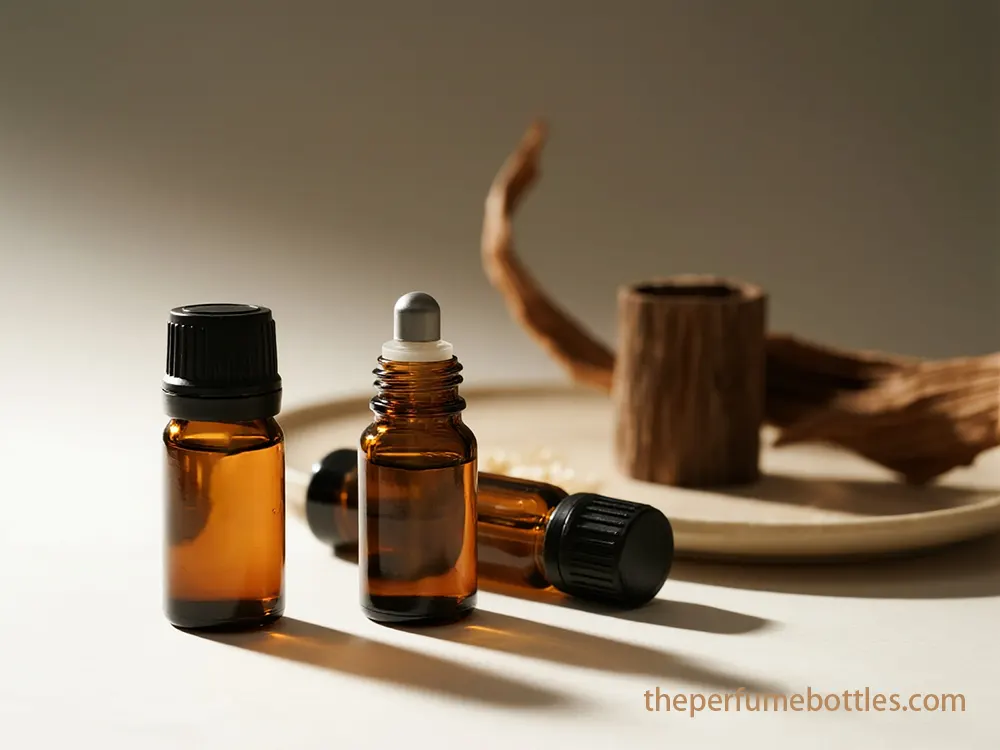
निःशुल्क नमूने प्राप्त करें
Operational Costs:
Maintenance, energy, labor, upgradation, supply.
- End-of-Life Costs: Disposal, residual value.
- Training, downtime, compliance, and above brand damage. Rigid supplier veating is important. This includes assessing financial stability, production capabilities, quality control processes and adherence to ISO standards, GMP and organic compliance. Eminent suppliers provide important documents such as GC-MS reports, certificates of analysis (COA), and material safety data sheet (MSDS) ensure batch-wise, product stability and quality transparency.
Furthermore, essential oils require special packaging-seam glass or aluminum containers for UV security, and leak-proof, tamper-proof, and UV-resistant design-to maintain the integrity and medical properties
Mistake 5: Disregarding Aesthetic Consistency and Brand Presentation
In the crowded market, packaging is often the first and most permanent impression to make a brand. The stability of beauty and disregard of the overall brand presentation is an important mistake that can reduce market perception, shelf appeal and reinforcement of a premium brand image. Vesseluxe packaging understands that the visual appeal is integral to the perceived quality.
Packaging as a Strategic Brand Ambassador
Essential oil packaging is a “silent salesperson”and a crucial brand ambassador. This greatly affects the impressions, which can determine a sales, and transmit commitment to brand values, quality and stability. Constant packaging ensures that a brand appears professional and well -organized, which is capable of providing quality, and is important to establish brand recognition and confidence.
Aesthetic Consistency Drives Recognition and Trust
Maintaining uniformity in visual elements – logos, colors, fonts, and overall design – across all packaging materials and brand touchpoints have an across paramount. This stability creates strong brand recognition, promotes familiarity, and confirms faith and loyalty. Brands like Apple and Coca-Cola exemplify how instantly recognizable, constantly branding increases user satisfaction and leads to high conversion rates and customer retention.
- Bottle Shape, Finish, and Material: Crafting Perception The option of bottle size, finish and content directly affects consumer perception and product integrity:
- UV Protection and Aesthetics: Amber and cobalt blue glass bottles are preferred for UV protection, preserving oil potency. Frustaded glass provides a modern beauty, while dark amber can provoke mystery and luxury.
Functionality and Appeal:
Dropper bottles are valuable for accurate application. High quality materials such as glass are favored for their non-disciplinary nature. Aluminum provides complete light protection and may be a sales point. Ehances frosted white bottles, user experience and classification with color-coded lids used by Rocky Mountain Oils.
Label Quality and Design: The Differentiator
High quality labels are required to express discrimination and brand messages:
Material and Enhancements:
Kraft paper for organic products, metal/holographic for luxury, and printing enrichment such as embossing, foil stamping, and varnishing elevate alleged value.
- Typography and Information: Elegant fonts and clear information are important. Minimum design luxury with clean typography is associated with luxury. The label should also be oil-proof and use aggressive adhesives due to the small periphery of the oil bottles essential to prevent damage and maintain aesthetic integrity.
- Packaging Psychology and Sensory Engagement Packaging design takes advantage of psychological principles, affects consumer behavior through visual, touch and even olfactory signals. Consumers make rapid purchase decisions (up to 60% within seconds) based on sensory perception. Color provoke emotions (white for purity, gold for luxury), while brightly elements such as bright top coats, velvet coatings, and packaging create a sense of luxury. “Unboxing experience” is an important marketing frontier, which promotes deep connections and encourages social media sharing.
Sustainable Packaging: A Value Driver
- An increased section of environmentally conscious consumers (82%ready to pay for durable packaging) actively looks for brands align with its values. Using environmentally friendly packaging, biodegradable, recycles, or compostable materials, not only reduces environmental footprints, but also increases brand image, reliability and loyalty. Apparently convening belief by communicating these practices on the label. Achieving a 'Luxury' or 'Premium' Perception
- To establish a luxury or premium perception, Vesseluxe brands employ specific packaging strategies: High-quality materials, elegant and minimalist designs, metallic or holographic labels, and printing enhancements.
Unique bottle shapes, magnetic closures, and tactile elements
contribute to an elevated unboxing experience.
- Successful brands like Young Living and doTERRA use iconic amber/cobalt glass bottles, minimal labels with gold accents, and set smooth gift to exclude luxury. Challenges and Digital Integration
- The industry faces challenges in maintaining stability, such as ensuring dropper inserts remain secure, to prevent a broken tamper-tampering band and to avoid torn caps. The small size of essential oil bottles also faces challenges that adjust the information while maintaining an attractive design. Digital integration, such as QR codes linking to test reports, recipes, or wellness tips, bridges physical and digital engagement, enhances customer experience. Packaging also acts as a medium for storytelling, expressing a brand history, sourcing practices or missions.
- Avoiding these five important mistakes is not just about preventing failures; This is about the position of its brand strategically for success in the market of competitive essential oils. Priority to material compatibility, ensuring rollerball and fitment integrity, implementing strong sealing mechanisms, understanding the correct cost of quality, and crafting the brand presentation carefully, B2B buyers can elevate their product offerings. Embraceing the Vesseluxe standard means, every stage is committed to excellence, from material selection to final beauty, eventually building a reputation for quality, reliability and consumer trusts that run long -term profitability and market leadership. Case Study: Custom Bottles for Essential Oils to an American Client
Discover how custom bottles for essential oils solved sealing and aroma retention challenges, delivering
To avoid the trap of false economies, B2B buyers must adopt the Total Cost of Ownership (TCO) model for packaging. This includes the overall approach:
- Acquisition Costs: Purchase price, shipping, installation.
- Operational Costs: Maintenance, energy, labor, upgradation, supply.
- End-of-Life Costs: Disposal, residual value.
- Sustainable Packaging: A Value Driver Training, downtime, compliance, and above brand damage.
Rigid supplier veating is important. This includes assessing financial stability, production capabilities, quality control processes and adherence to ISO standards, GMP and organic compliance. Eminent suppliers provide important documents such as GC-MS reports, certificates of analysis (COA), and material safety data sheet (MSDS) ensure batch-wise, product stability and quality transparency.
Furthermore, essential oils require special packaging-seam glass or aluminum containers for UV security, and leak-proof, tamper-proof, and UV-resistant design-to maintain the integrity and medical properties
Mistake 5: Disregarding Aesthetic Consistency and Brand Presentation
In the crowded market, packaging is often the first and most permanent impression to make a brand. The stability of beauty and disregard of the overall brand presentation is an important mistake that can reduce market perception, shelf appeal and reinforcement of a premium brand image. Vesseluxe packaging understands that the visual appeal is integral to the perceived quality.
Packaging as a Strategic Brand Ambassador
Essential oil packaging is a “silent salesperson”and a crucial brand ambassador. This greatly affects the impressions, which can determine a sales, and transmit commitment to brand values, quality and stability. Constant packaging ensures that a brand appears professional and well -organized, which is capable of providing quality, and is important to establish brand recognition and confidence.
Aesthetic Consistency Drives Recognition and Trust
Maintaining uniformity in visual elements – logos, colors, fonts, and overall design – across all packaging materials and brand touchpoints have an across paramount. This stability creates strong brand recognition, promotes familiarity, and confirms faith and loyalty. Brands like Apple and Coca-Cola exemplify how instantly recognizable, constantly branding increases user satisfaction and leads to high conversion rates and customer retention.
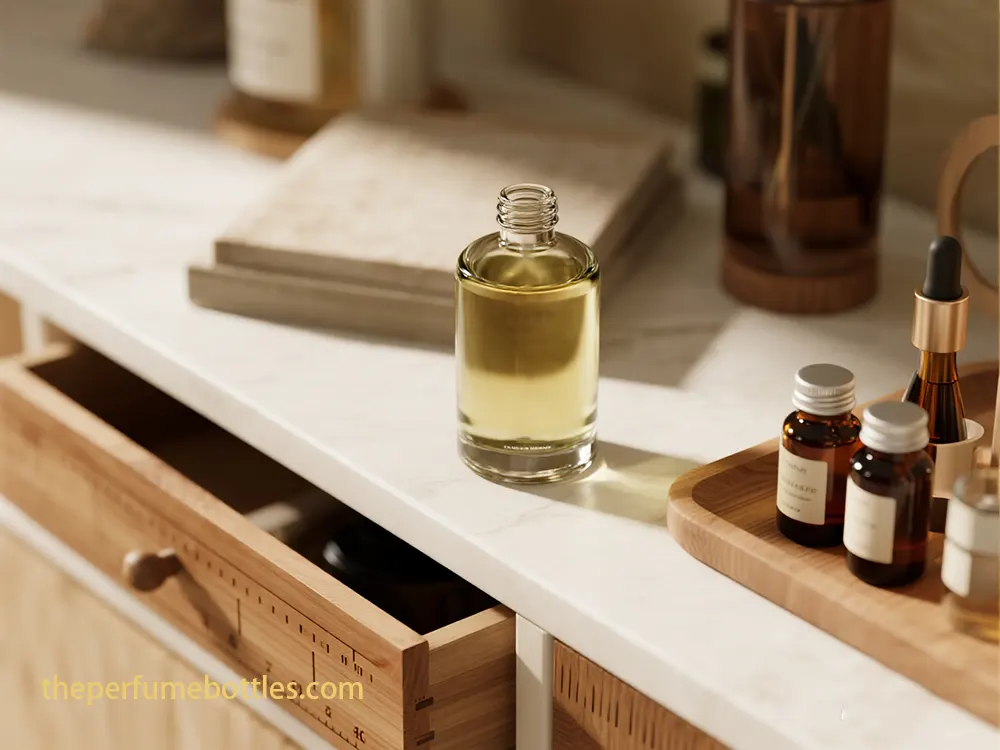
निःशुल्क नमूने प्राप्त करें
Bottle Shape, Finish, and Material: Crafting Perception
The option of bottle size, finish and content directly affects consumer perception and product integrity:
- UV Protection and Aesthetics: Amber and cobalt blue glass bottles are preferred for UV protection, preserving oil potency. Frustaded glass provides a modern beauty, while dark amber can provoke mystery and luxury.
- Functionality and Appeal: Dropper bottles are valuable for accurate application. High quality materials such as glass are favored for their non-disciplinary nature. Aluminum provides complete light protection and may be a sales point. Ehances frosted white bottles, user experience and classification with color-coded lids used by Rocky Mountain Oils.
Label Quality and Design: The Differentiator
High quality labels are required to express discrimination and brand messages:
- Material and Enhancements: Kraft paper for organic products, metal/holographic for luxury, and printing enrichment such as embossing, foil stamping, and varnishing elevate alleged value.
- Typography and Information: Elegant fonts and clear information are important. Minimum design luxury with clean typography is associated with luxury. The label should also be oil-proof and use aggressive adhesives due to the small periphery of the oil bottles essential to prevent damage and maintain aesthetic integrity.
Packaging Psychology and Sensory Engagement
Packaging design takes advantage of psychological principles, affects consumer behavior through visual, touch and even olfactory signals. Consumers make rapid purchase decisions (up to 60% within seconds) based on sensory perception. Color provoke emotions (white for purity, gold for luxury), while brightly elements such as bright top coats, velvet coatings, and packaging create a sense of luxury. “Unboxing experience” is an important marketing frontier, which promotes deep connections and encourages social media sharing.
Sustainable Packaging: A Value Driver
An increased section of environmentally conscious consumers (82%ready to pay for durable packaging) actively looks for brands align with its values. Using environmentally friendly packaging, biodegradable, recycles, or compostable materials, not only reduces environmental footprints, but also increases brand image, reliability and loyalty. Apparently convening belief by communicating these practices on the label.
Achieving a 'Luxury' or 'Premium' Perception
To establish a luxury or premium perception, Vesseluxe brands employ specific packaging strategies:
- High-quality materials, elegant and minimalist designs, metallic or holographic labels, and printing enhancements.
- Unique bottle shapes, magnetic closures, and tactile elements contribute to an elevated unboxing experience.
Successful brands like Young Living and doTERRA use iconic amber/cobalt glass bottles, minimal labels with gold accents, and set smooth gift to exclude luxury.
Challenges and Digital Integration
The industry faces challenges in maintaining stability, such as ensuring dropper inserts remain secure, to prevent a broken tamper-tampering band and to avoid torn caps. The small size of essential oil bottles also faces challenges that adjust the information while maintaining an attractive design.
Digital integration, such as QR codes linking to test reports, recipes, or wellness tips, bridges physical and digital engagement, enhances customer experience. Packaging also acts as a medium for storytelling, expressing a brand history, sourcing practices or missions.
Choose the right essential oil bottles, and pair them with reliable suppliers, and it will be hard for your brand not to shine!
Avoiding these five important mistakes is not just about preventing failures; This is about the position of its brand strategically for success in the market of competitive essential oils. Priority to material compatibility, ensuring rollerball and fitment integrity, implementing strong sealing mechanisms, understanding the correct cost of quality, and crafting the brand presentation carefully, B2B buyers can elevate their product offerings. Embraceing the Vesseluxe standard means, every stage is committed to excellence, from material selection to final beauty, eventually building a reputation for quality, reliability and consumer trusts that run long -term profitability and market leadership.
कमेंट्स
प्रोडक्ट केटेगरीज
हॉट सेल बोतलें
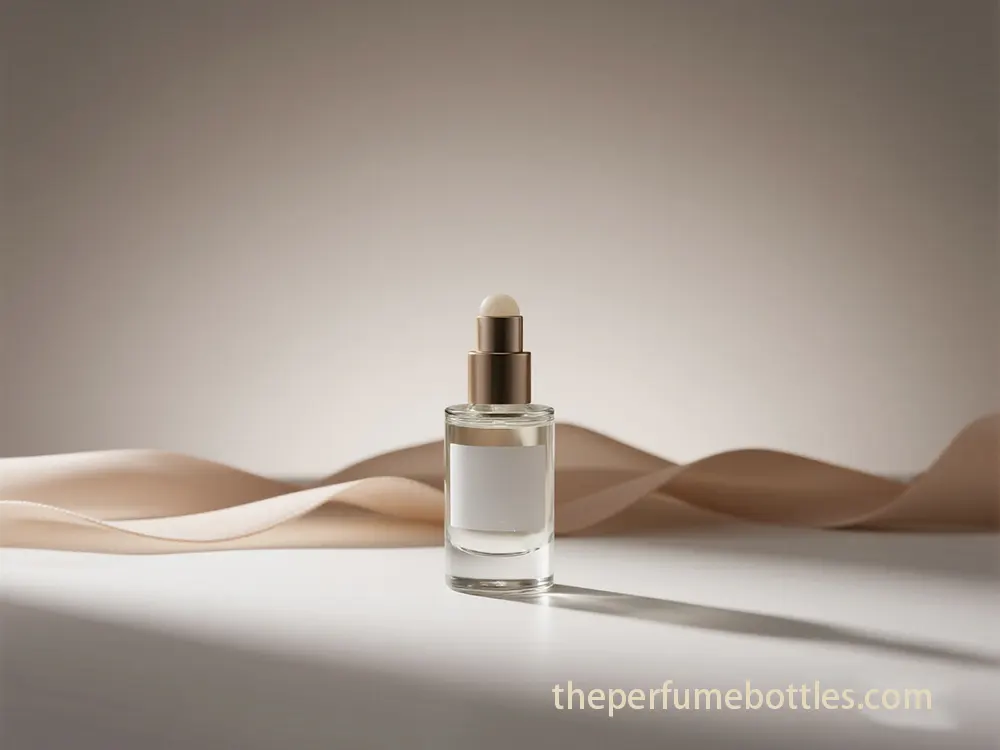
खाली रोल ऑन पर्फ्यूम बोतल्स – उत्पादन अखंडता और रिसाव-रहित प्रदर्शन के लिए इंजीनियरिंग
जानिए कि खाली रोल ऑन पर्फ्यूम बोतल्स कैसे उत्पादन अखंडता और रिसाव-रहित प्रदर्शन को बनाए रखते हैं विशेष मातेरियल्स, विशेषज्ञ इंजीनियरिंग और स्मार्ट सीलिंग के साथ।
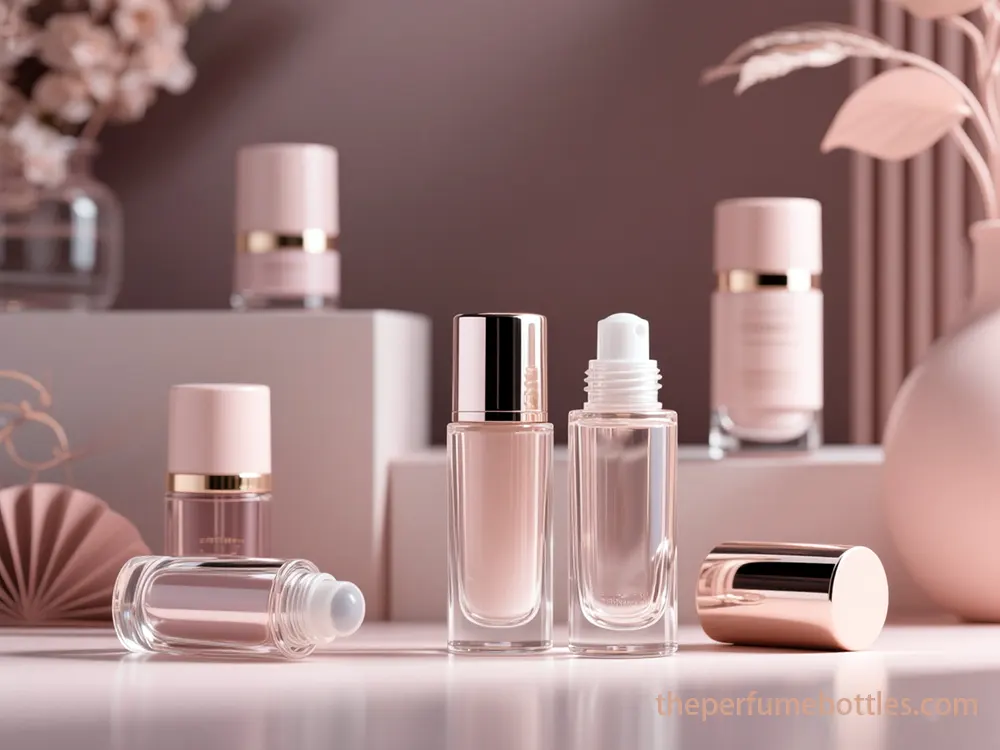
नवीकरण का भूमिका खाली कागजी रोलर बोतलों को सुधारने में चेहरागार के लिए
खाली कागजी रोलर बोतलों में नवीकरण चेहरागार को बेहतर उपयोगकर्ता अनुभव, दीर्घायु और स्थायित्व के साथ प्रोत्साहित करता है।
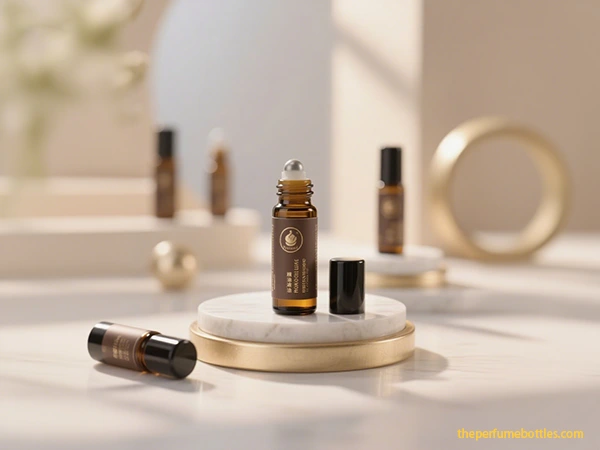
रोल ऑन बोतल्स वाले बाजार में शीर्ष तरंग
B2B खरीदारों के लिए नवीनतम रोल ऑन बोतल्स वाले तरंग खोजें। बुल्क रोल ऑन पैकेजिंग की गुणवत्ता को सोर्सिंग में आकर्षक मूल्यों पर आगे रहें।
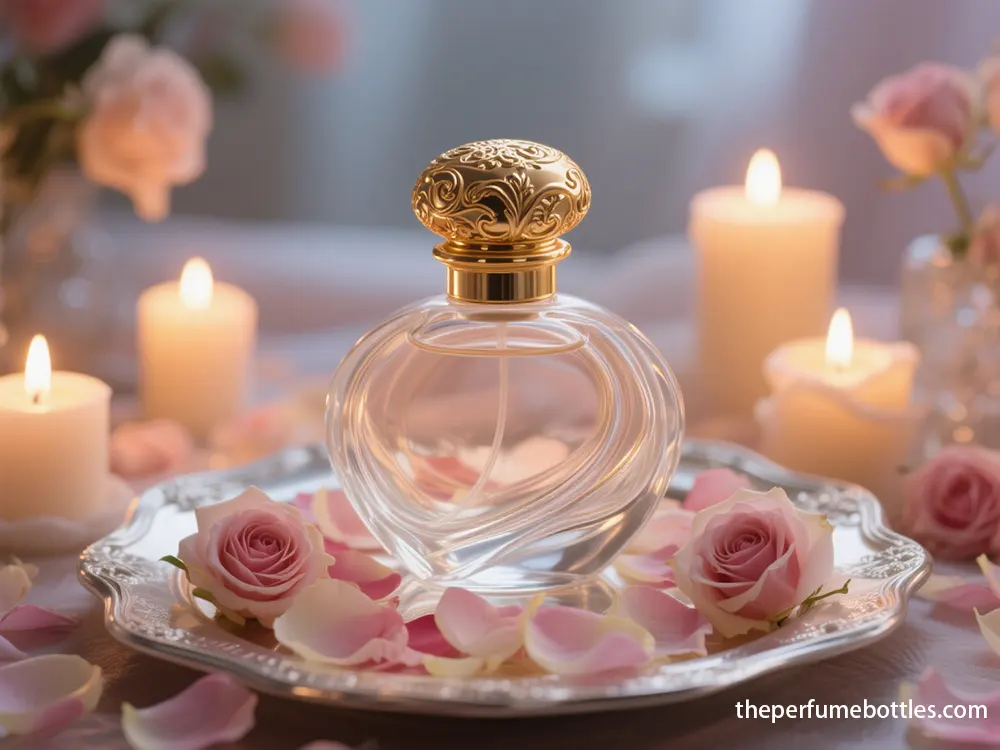
खाली पेर्फ्यूम बोतलों के साथ क्या करना चाहिए: एक व्यापक विश्लेषण
एक विशेषज्ञ मार्गदर्शक जो खाली सूँघाई बोतलों को निपटान, पुनर्चक्रीकरण, पुनर्विक्री, पुनर्योजना और ब्रांड कार्यक्रमों के माध्यम से संभालने के बारे में बताता है—उनके पर्यावरणीय प्रभाव और छुपे हुए मूल्य को उजागर करता है।
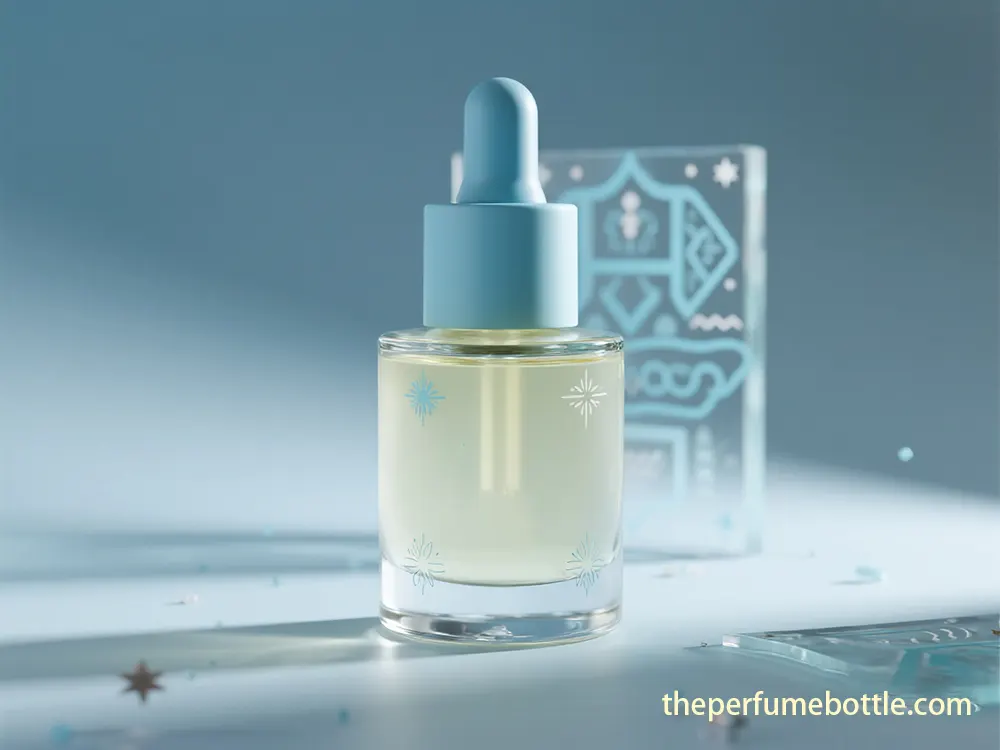
कांच माइनी ड्रॉपर बोतलों में विशिष्टीकरण शैलियां
माइनी ड्रॉपर बोतलों में शैलियां: कॉस्मेटिक्स, फ़ार्मा और तेल साथ ही विज्ञानी, कार्यक्षम और स्थायी नवाचार।
- +86 186 5178 1159
- [email protected]
- मं-सोन 07:00-21:00
टैग्स
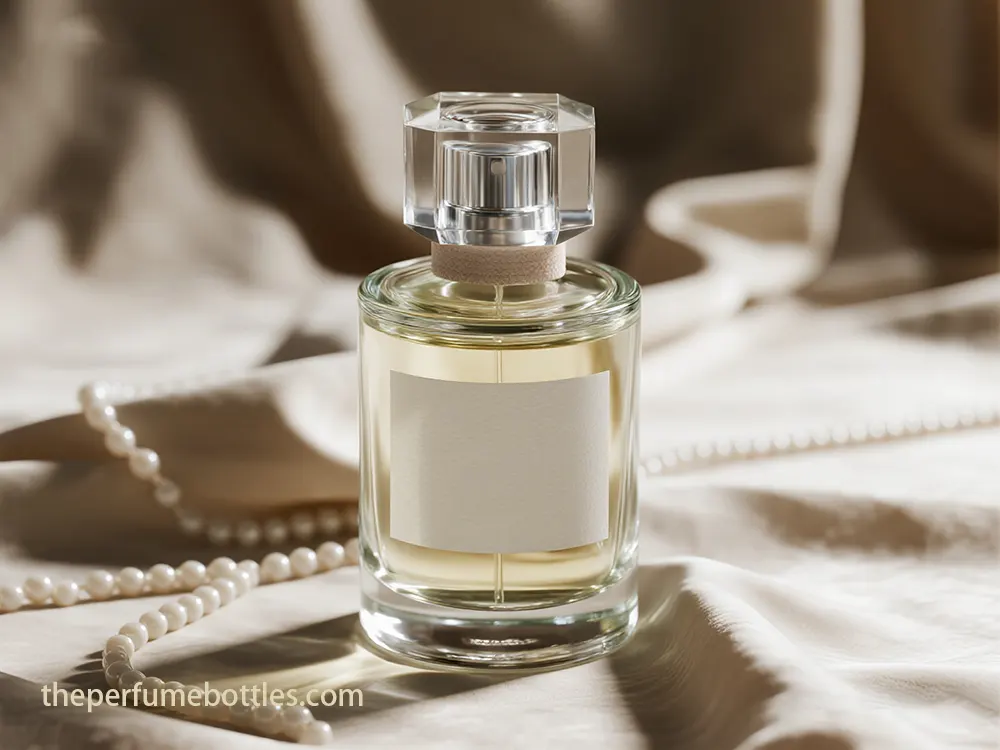
Case Study: Custom Engraved Perfume Bottles for Swiss Clients
custom engraved perfume bottles crafted with precision—consistent depth, sharp detail, and flawless
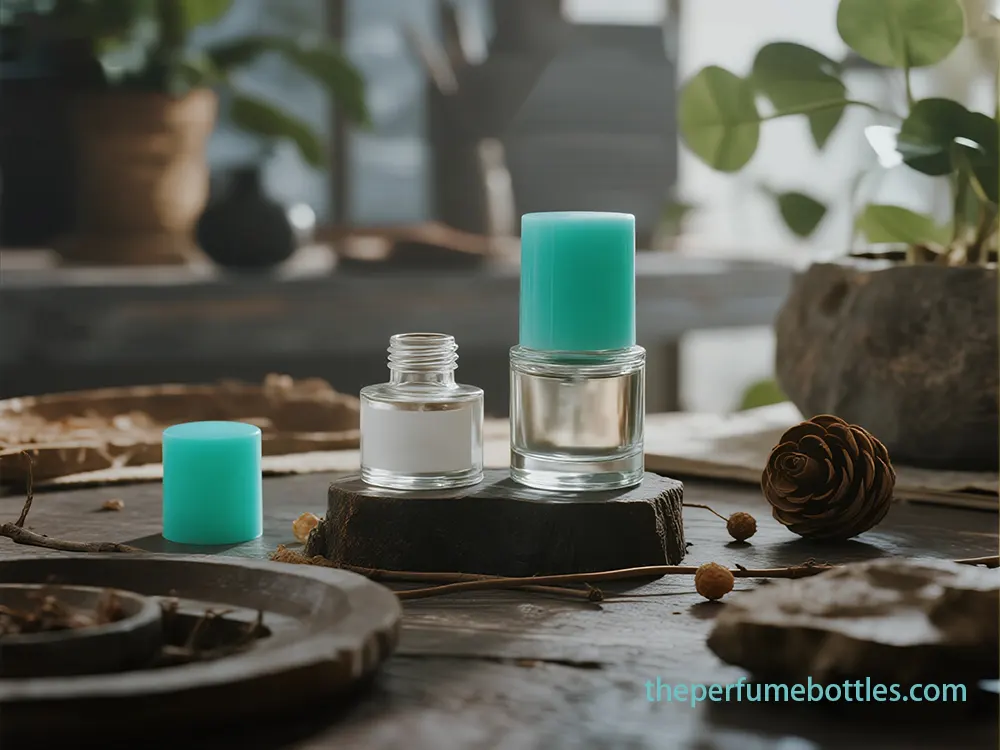
Eye Serums:
Allow direct application without spreading bacteria, popular for ease of use and travel.
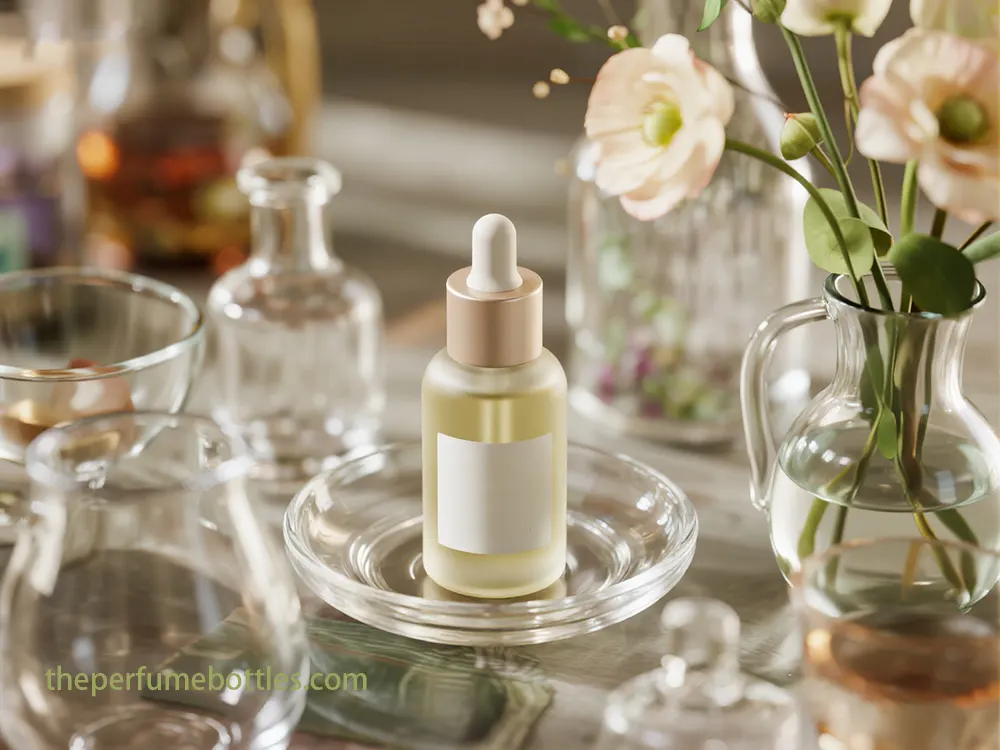
Specific production lead time from international suppliers, especially in China, usually ranges from 15 to 35 days after sample approval, except for international shipping time. The sample time is short, usually 2 to 10 days. This is rapidly contradictory with domestic suppliers such as SKS Bottle & Packaging (USA), which orders for a business day, or Ampulla (UK). Foreign suppliers vs. rapid turnarounds and reduced inventory holding costs from local providers.
To reduce supply chain risks, including potential reduction and quality anomalies, startups should cultivate relationships with many suppliers. Diversification for both essential oils and packaging components enhances operating flexibility.
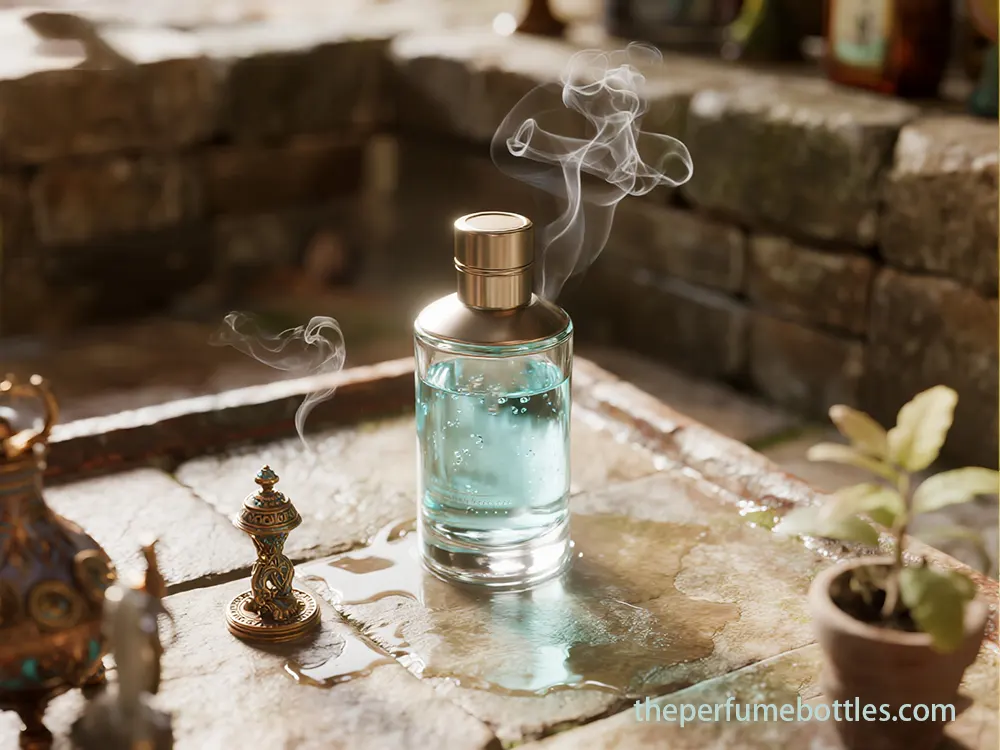
Case Study: Customized Bottle of Essential Oil for California Clients
Discover how Vesseluxe created custom bottle of essential oil balancing UV protection and elegance

